As an etiquette expert, you have the responsibility of teaching your students many habits and skills that will help them throughout their lives. To do your job effectively, you must provide etiquette learners with examples of good manners being used in different situations.
Sometimes it can be difficult to conjure up hypothetical scenarios to be an effective etiquette teacher, but this article should help steer you in the right direction.
Why Is It So Important To Exemplify Good Manners?
Practicing good manners helps to create a life of positivity and possibility. Etiquette experts are so much more than the keepers of “right and wrong.” They are grooming a new generation of happy, capable human beings who can tackle the problems of the world with ease.
Picture examples of good manners in your own life:
- How would those scenarios have been different without good manners?
- What doors have good manners unlocked for you and people that you know?
- How have good manners become a subconscious part of your personality?
When you reflect on your own stories, it is easy to understand why good manners are necessary for young people! So many opportunities lie ahead of them: job interviews, first dates, formal events, and more. They need examples of good manners for all of the possible experiences that they may encounter in their future.
3 Examples of Good Manners You’ll Teach As An Etiquette Expert
By now, your brain might be swimming with examples of good manners. Let’s narrow it down to three very important categories to help your students be the most successful.
Confidence
Confidence is not something that comes naturally to everyone, but that doesn’t mean it can’t be taught or refined to help all of your students. Luckily, teaching etiquette to kids builds their confidence by giving them plenty of opportunities to achieve new skills, and teaches them how to present with confidence (even when they are feeling nervous) at the same time.
The skills that you teach, like eye contact to table manners, will make students feel confident in an unfamiliar environment. Other tips that you give them, like standing up straight and nodding as someone is speaking, will help them appear confident, even if they are just faking it at first.
Following the Manners To Go lesson plans and curriculum can help you make sure that you don’t skip over any examples of good manners. Every role-play lesson or activity helps to build confidence in your students as you go!
The Importance of A Great First Impression
Even at a young age, children should learn that first impressions are important. The first time that you meet someone tells them a great deal about how respectful, kind, and capable you are. And while opportunities for second and third impressions often come around, sometimes they don’t!
Examples of good manners that students can practice to make a good first impression include making strong eye contact, maintaining good posture, and paying attention when someone else is speaking–nodding along thoughtfully and responding appropriately. If students practice these skills enough, they will eventually become automatic for them.
Nailing a warm and welcoming greeting is also important for a first meeting with someone. Have your students practice a firm handshake and a friendly hello for every scenario.
Conversation Skills
If you want to make an immediate difference in the lives of your students—teaching them an etiquette skill that is most relevant to struggles in the world right now—give them the tools to talk to each other and adults. This seems pretty straightforward until you consider the impacts of isolation and excessive screen time in recent years.
We all need a sense of community right now—but especially children. Many children have missed out on human connection for the last two years. They need your help and examples of good manners to relearn common communication skills.
You can tackle this problem while teaching by starting each class session with an engagement activity to focus on conversation. Help your students along by asking questions about their day or what they like to do for fun. You can even play charades—anything to get them relaxed and communicating!
Students may also learn a great deal by acting out a conversation that they had with friends, family members, or teachers on that particular day. After everyone gets a turn to share, you can weed out examples of good manners from the group!
The role you play as an etiquette expert is extremely important—now more than ever since society has suffered such extreme challenges in the last couple of years. Children need as many examples of good manners as they can possibly get!
With your patience and expertise, there is hope that a new generation of polite, considerate, and successful individuals is on the rise once more. Be sure to get your etiquette education certificate with Manners To Go so that you can reach as many children in need as possible.
Here is a FREE Guide to Help YOU Start a Business Teaching Manners to Children
CLICK THE IMAGE TO GET THE DOWNLOAD RIGHT NOW
Here Are Your Next Steps

Get to Know Manners To Go™
Most likely, you will want to get to know us. Feel free to call or email us. Click on the links below. We are happy to discuss the details with you.

Decide on the best training option for you
We offer two trainings to become certified to teach manners to children:
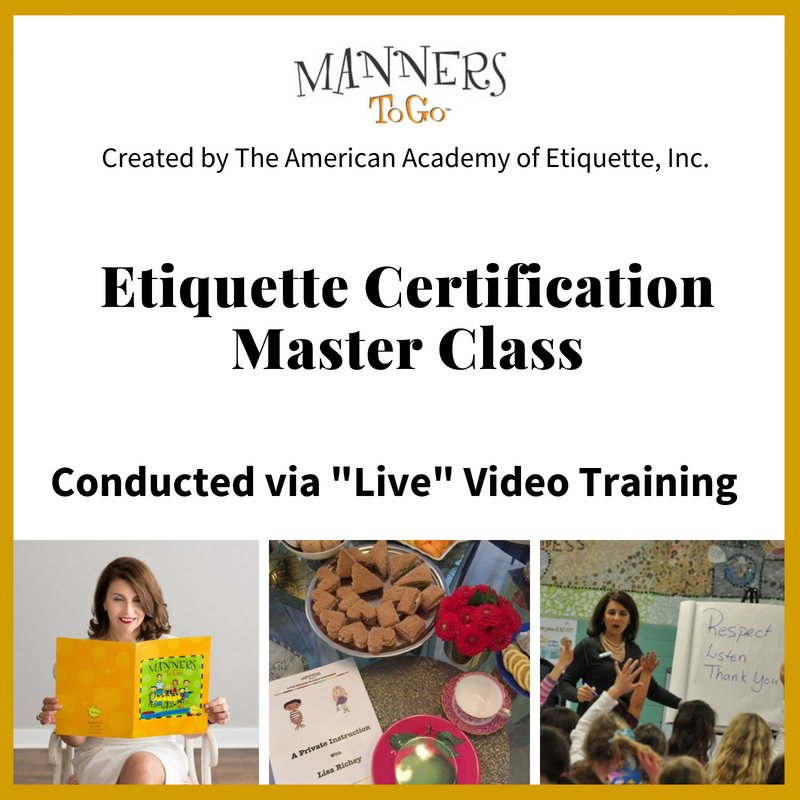
Option #1:
“Live” Video Training
If you are looking to start immediately and save money on travel and time, then this is your best option.You choose the dates of our trainings. Most choose to have their sessions once a week, others twice. This is a “live” and private training. It is NOT self-guided.
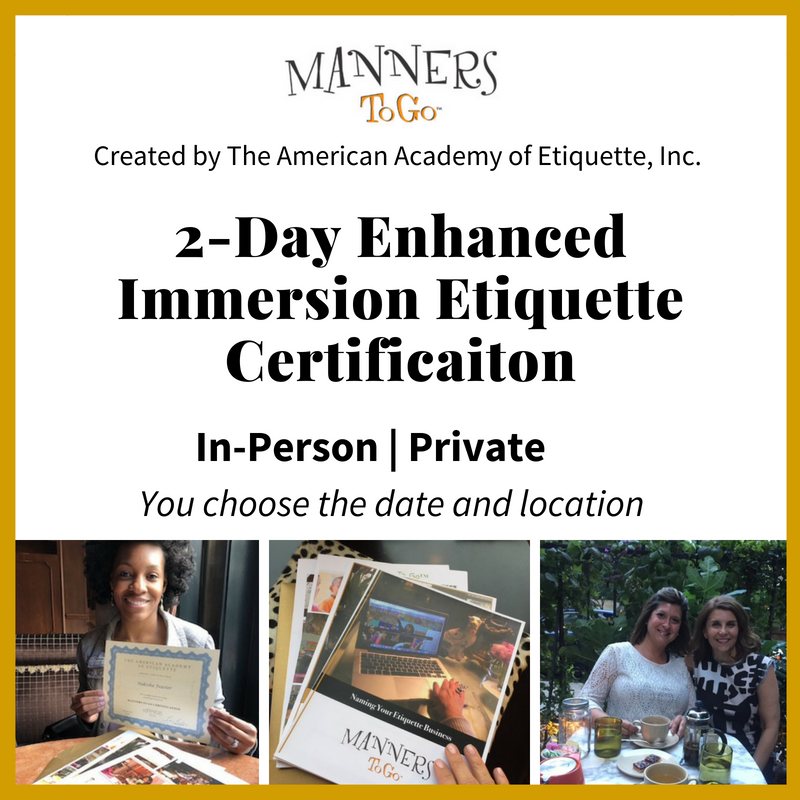
Option #2:
Two-Day In-Person
PRIVATE Training. That’s right, we meet in person, the two of us and our focus is completely on your business. Click the image above or follow the button below to learn more and to see a list of cities available for your training.

Receive the curriculum and book your training dates
Upon payment, you receive the curriculum. Next, we will send an email asking you to schedule your first training date.
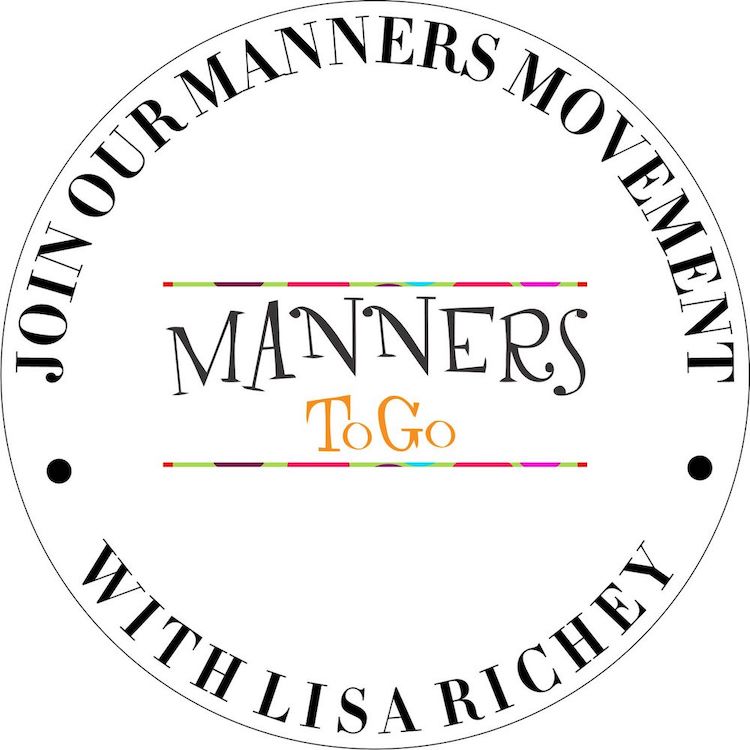
Join the
Manners To Go™ movement with Lisa Richey.

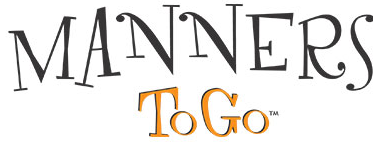

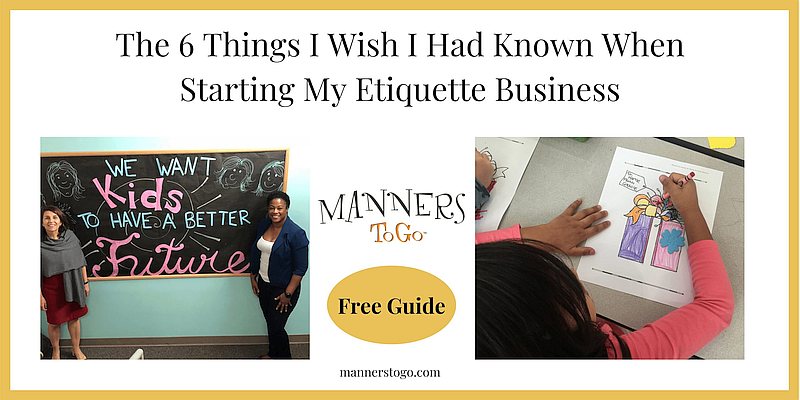

 Lisa Richey provides etiquette programs to businesses, schools, and individuals.
Lisa Richey provides etiquette programs to businesses, schools, and individuals.



